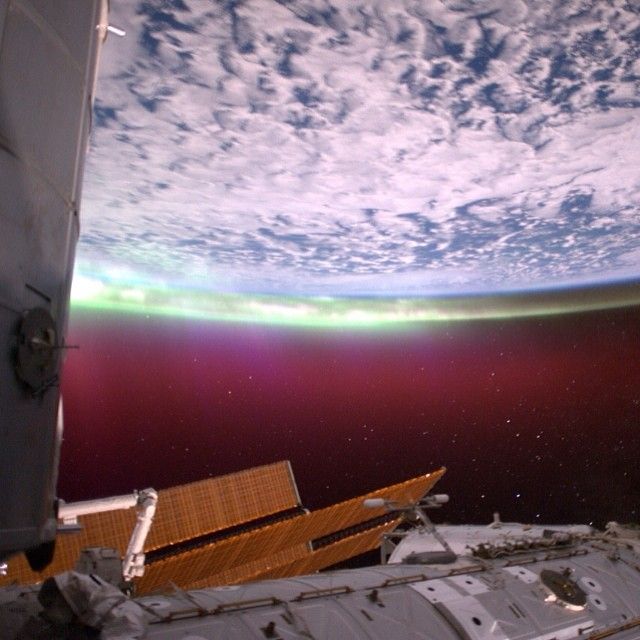|
|
Exploring Astronomy Photography Of Outer Space Universe
|
where c is the speed of light. According to special relativity, one can change a spatial and time separation (L1, Δt1) into another (L2, Δt2) by changing one's reference frame, as long as the change maintains the spacetime interval s. Such a change in reference frame corresponds to changing one's motion; in a moving frame, lengths and times are different from their counterparts in a stationary reference frame. The precise manner in which the coordinate and time differences change with motion is described by the Lorentz transformation.
• Solving Einstein's field equations
The distances between the spinning galaxies increase with time, but the distances between the stars within each galaxy stay roughly the same, due to their gravitational interactions. This animation illustrates a closed Friedmann universe with zero cosmological constant Λ; such a universe oscillates between a Big Bang and a Big Crunch.
In non-Cartesian (non-square) or curved coordinate systems, the Pythagorean theorem holds only on infinitesimal length scales and must be augmented with a more general metric tensor gμν, which can vary from place to place and which describes the local geometry in the particular coordinate system. However, assuming the cosmological principle that the universe is homogeneous and isotropic everywhere, every point in space is like every other point; hence, the metric tensor must be the same everywhere. That leads to a single form for the metric tensor, called the Friedmann–Lemaître–Robertson–Walker metric (you can find explanation in wikipedia).
|
|









